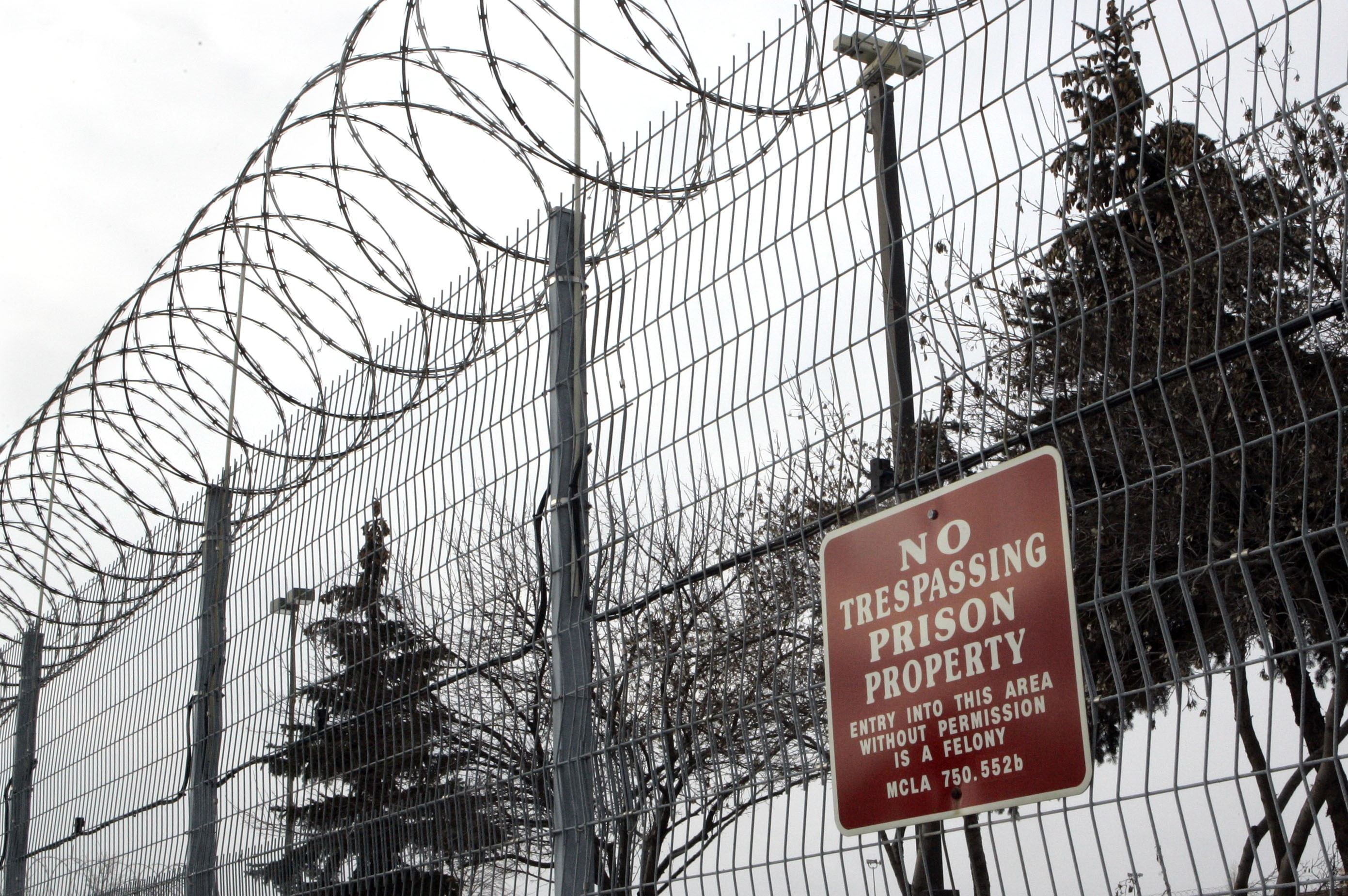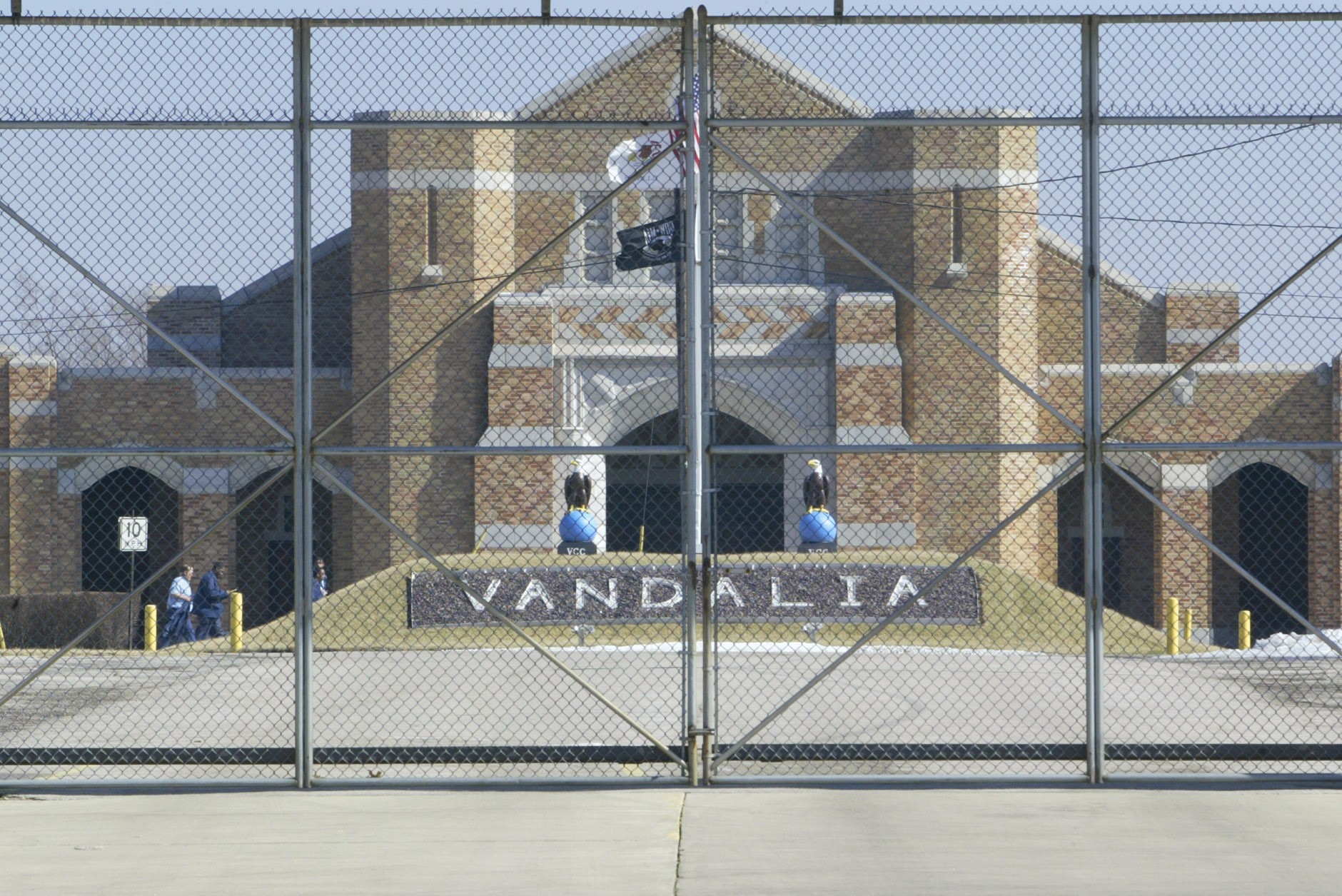J.B. came to Community Legal Services of Philadelphia (CLS) at age 21, after he had been working as a cashier at a convenience store for five months making minimum wage. He had performed so well as a cashier that he was being considered for a promotion to store manager, which came with a significant raise. His employer ran a criminal background check on him and discovered that J.B. had been adjudicated delinquent—which is a finding of guilt in juvenile court—when he was 16 years old. Despite his excellent job performance and documentation from his former probation officer that he was fully rehabilitated, J.B. was not only denied the promotion, but also lost his cashier job. He has struggled to find steady work ever since, and has been rejected by several more employers due to his juvenile record.
Unfortunately, stories like J.B.’s are all too common in Pennsylvania and across the nation. As a new report and web tool released by the Juvenile Law Center in partnership with CLS reveals, the vast majority of states do not thoroughly protect juvenile records from public view. Furthermore, expungement or sealing of juvenile records does not happen automatically when young people leave the jurisdiction of the juvenile court or reach a certain age. Youth are often not advised of their right to petition for expungement, and many states limit the types of offenses that are eligible. The result is that hundreds of thousands of young people are burdened by juvenile records, unable to move forward with their adult lives and escape poverty.
Even within the legal advocacy community, many people are surprised to learn that juvenile records are so widely available. There is good reason for their surprise – allowing the public to access juvenile record information runs completely counter to the very purpose of the juvenile justice system.
The system was created in order to provide treatment and rehabilitation to young people. Experts ranging from neuroscientists to Supreme Court justices have acknowledged that youth are less able than adults to understand the consequences of their actions, make sound decisions, and resist the pull of peer pressure. But because their brains are still developing, they are also particularly capable of significant transformation. So it makes good sense—both for youth and society as a whole—to maintain a separate system for rehabilitating youth and then to support them as they transition to adulthood.
Yet despite the original purpose of the juvenile justice system, during the “tough on crime” era many states rolled back the rehabilitative aspects of their systems in favor of a more punitive approach. As a result, confidentiality protections for juvenile records were weakened, and there is now a tendency to view juvenile adjudications as equivalent to adult criminal convictions. This era also ushered in a period of criminalizing youth for many behaviors that in the past would have been handled in school or at home. For example, one CLS client was issued several criminal citations for disorderly conduct because she had gotten into verbal arguments in the school hallway with a male student who was harassing her. This over-criminalization has disproportionately impacted low-income youth, youth of color, youth with disabilities, and LGBT youth, making it even more difficult for these already vulnerable and underserved young people to connect with meaningful economic opportunities.
The time is ripe for change. Cities and states around the country are struggling to address a youth unemployment crisis—the youth unemployment rate is as much as four times the unemployment rate for adults. As policymakers seek to connect low-income youth with the education, job training, and employment opportunities they need in order to be successful in today’s economy, it is also time for states to revisit their juvenile records laws.
In particular, states should ensure that juvenile records are rarely, if ever, accessible to the public; that youth are given information about their rights and how to get their records expunged; and that records are either automatically or easily expunged when youth leave the supervision of the juvenile court. These three reforms would ensure that youth who have been rehabilitated are able to move forward with their lives.
There are countless young people like J.B. around the country who have the potential to move out of poverty and want desperately to work. We as a society just need to let them.










